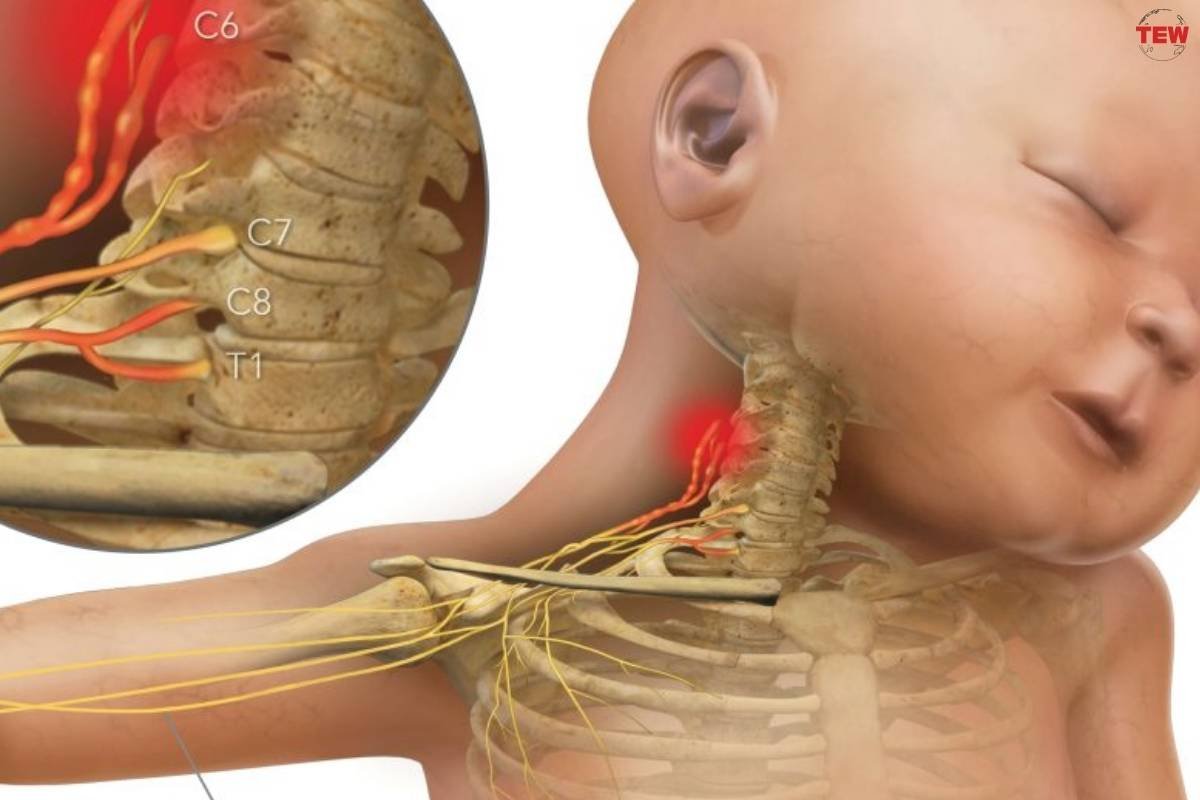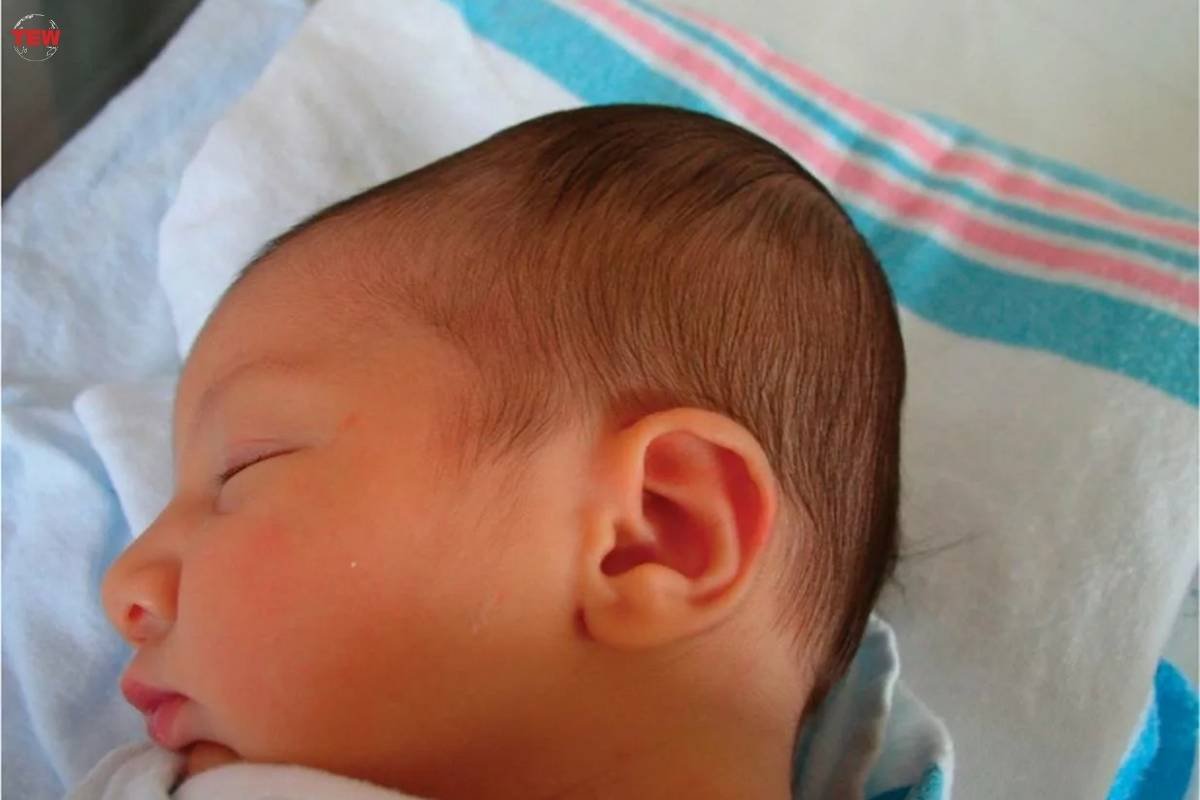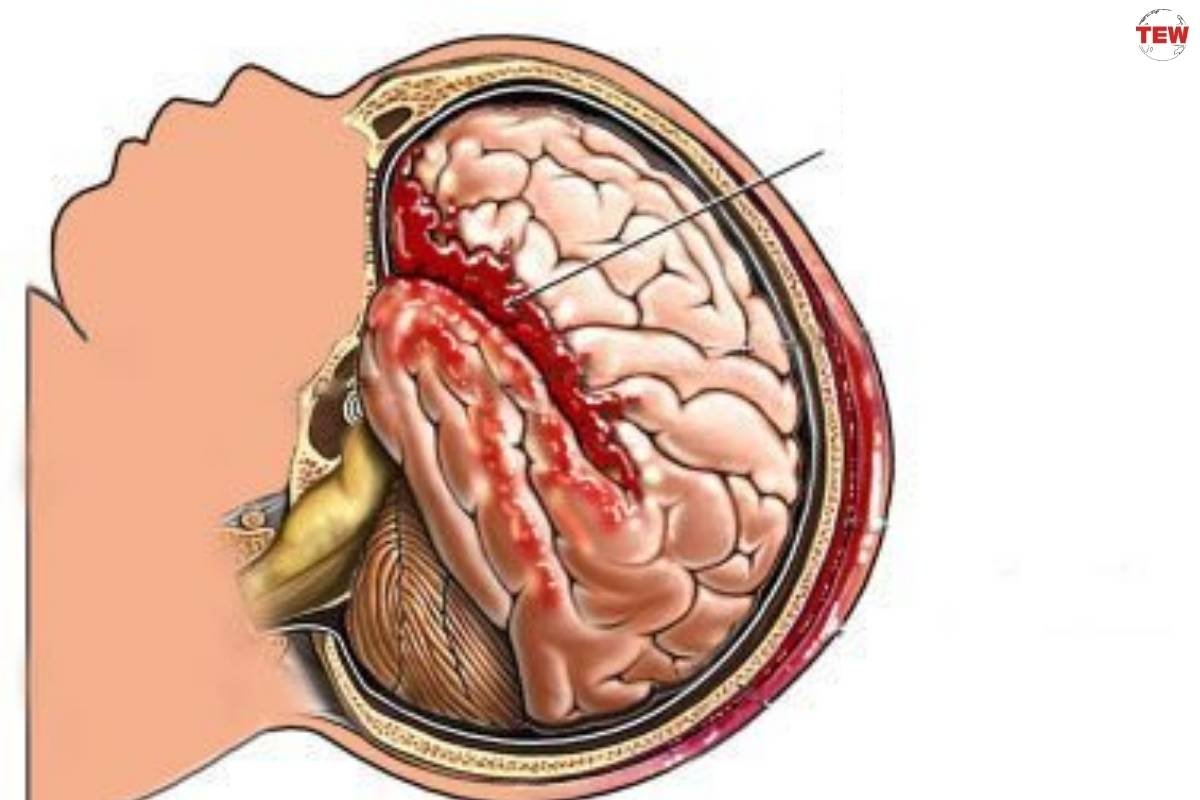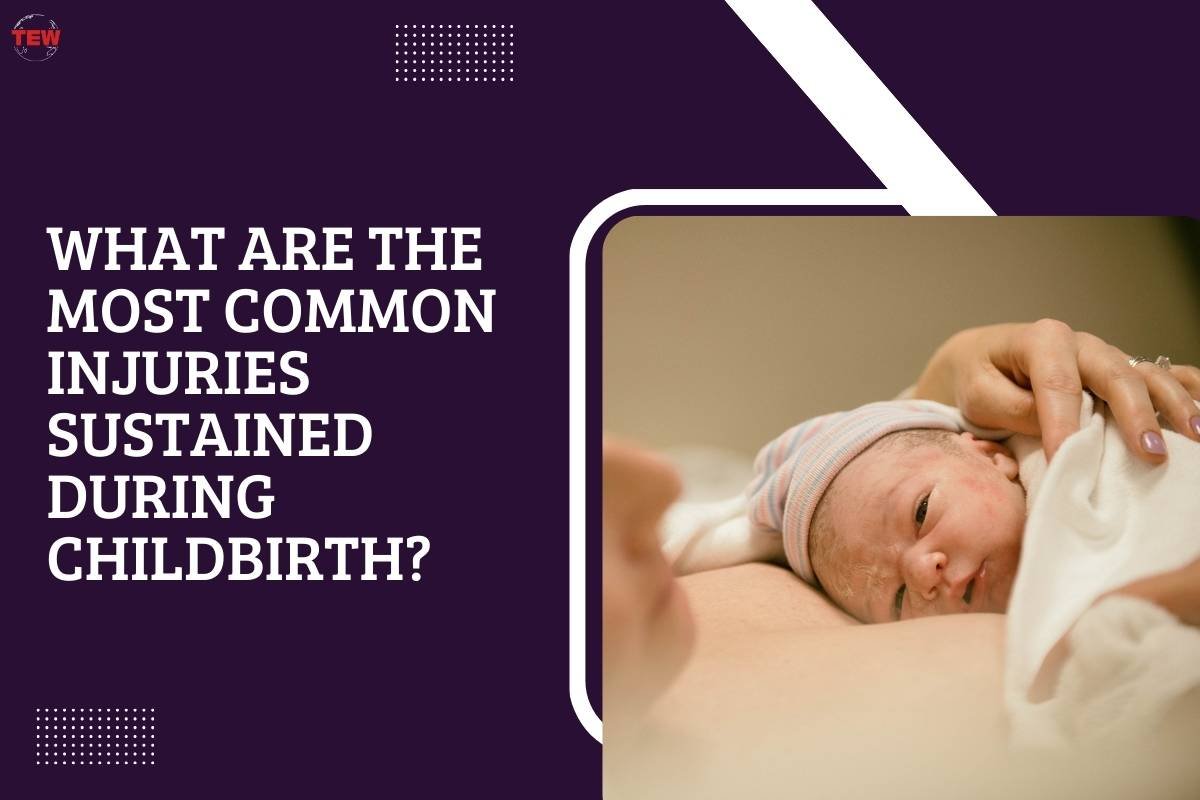Childbirth, while a momentous occasion, carries inherent risks of injuries to both the mother and child. Understanding the types of birth injuries that can occur during delivery is crucial for parents and healthcare providers alike. This article will explore the most common childbirth injuries sustained and discussing their causes, symptoms, and prevention strategies.
7 Types Of Common childbirth injuries
1. Brachial Plexus Injuries

Brachial plexus injuries is a common childbirth injuries which are caused when the nerves responsible for sending signals from the spine to the shoulder, arm, and hand are damaged. This typically occurs when there is difficulty delivering the baby’s shoulder, known as shoulder dystocia. The baby might appear to favor one side or show a lack of movement in the affected arm. Treatment often involves physical therapy and, in some severe cases, surgery may be necessary to repair the damage. Prompt diagnosis and therapeutic intervention are critical to improving the outcome and minimizing long-term impact.
2. Facial Nerve Injuries
Facial nerve is a common childbirth injuries can happen when mechanical pressure is exerted on the baby’s face, which might occur during a prolonged or complicated delivery, especially if tools like forceps are used. Symptoms of such childbirth injuries include lack of movement on one side of the face or asymmetrical facial expressions when the baby cries. While many of these injuries resolve on their own within a few months, observing the infant for potential complications is essential. If recovery is delayed, further medical evaluation and therapies might be required to aid recovery.
3. Cephalohematoma

Cephalohematoma involves the accumulation of blood between a baby’s skull bone and its periosteum due to the pressure exerted during childbirth. This condition might not be immediately noticeable at birth but can become apparent within the first hours or days as a raised lump on the baby’s head. While this usually resolves without intervention, it’s important to monitor the infant for signs of jaundice, as the breakdown of the collected blood can lead to an excess of bilirubin. Monitoring and managing jaundice is crucial to prevent other complications such as kernicterus.
4. Caput Succedaneum
Caput succedaneum is identified by significant swelling of the soft tissues of the infant’s scalp, which develops in response to the pressure against the mother’s cervix during delivery. The condition is often seen in newborns delivered vaginally, particularly with the assistance of vacuum extraction. While typically harmless and self-resolving, it makes for an alarming sight for parents. Caregivers should provide reassurance that this is a temporary condition and usually clears up within a few days without any lasting effects.
5. Perineal Tears
Perineal tears are lacerations that occur in the tissue between the vagina and the anus in women during childbirth. They can range from minor, which heal naturally, to severe, which require surgical repair. These injuries can cause significant discomfort and interfere with a mother’s ability to care for her newborn. Preventative measures include perineal massage before delivery, controlled pushing during labor, and the use of warm compresses. Effective management of these tears is crucial to prevent complications such as infection and prolonged recovery periods.
6. Fractures
Fractures during childbirth, such as those to the clavicle or collarbone, can occur when there is excessive pulling on the baby or during a breech delivery. While these fractures can be alarming, they typically heal well with the infant’s natural bone growth. Newborns might need to have their movements restricted slightly to ensure proper healing, but generally, these injuries do not lead to long-term issues. Parents might need guidance on how to handle their baby during the healing process to avoid discomfort and promote recovery.
6. Intracranial Hemorrhage

Intracranial hemorrhages during childbirth are acute medical emergencies where bleeding occurs around or within the brain tissues. This serious complication can arise due to several factors, including trauma from delivery instruments, a sudden drop in maternal blood pressure, or a natural tear in the vessels. The severity of the hemorrhage can lead to varying degrees of neurological impairment. Immediate and intensive medical intervention is required to manage this condition and minimize potential long-term developmental impacts.
7. Hypoxic-Ischemic Encephalopathy (HIE)
Hypoxic-Ischemic Encephalopathy is a profound injury resulting from oxygen deprivation to the infant’s brain and other organs. This can occur from complications like umbilical cord problems, severe maternal hypertension, or a delayed caesarean section. HIE can lead to significant, lifelong disability, including cognitive impairment and physical disabilities. Treatment involves therapeutic cooling to reduce neurological damage and ongoing supportive care to manage symptoms and improve quality of life. Early diagnosis and intervention are crucial to optimizing outcomes for affected infants.
While childbirth is a natural process, it comes with risks that can lead to various injuries to both the mother and the baby. Awareness and understanding of these injuries are crucial for anticipating potential complications and implementing preventive measures. With proper medical care and intervention strategies, the risks associated with these Common childbirth injuries can be significantly reduced, leading to safer deliveries and healthier outcomes for mother and child.





